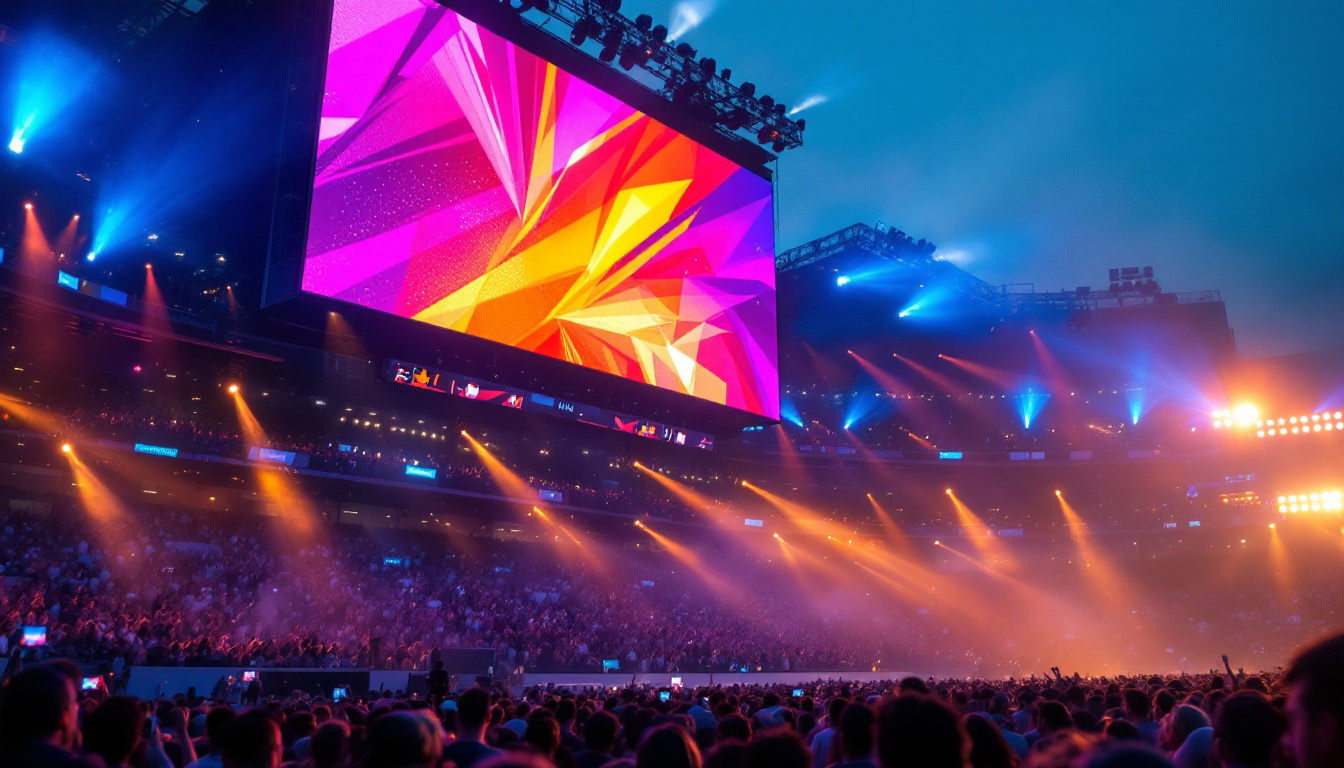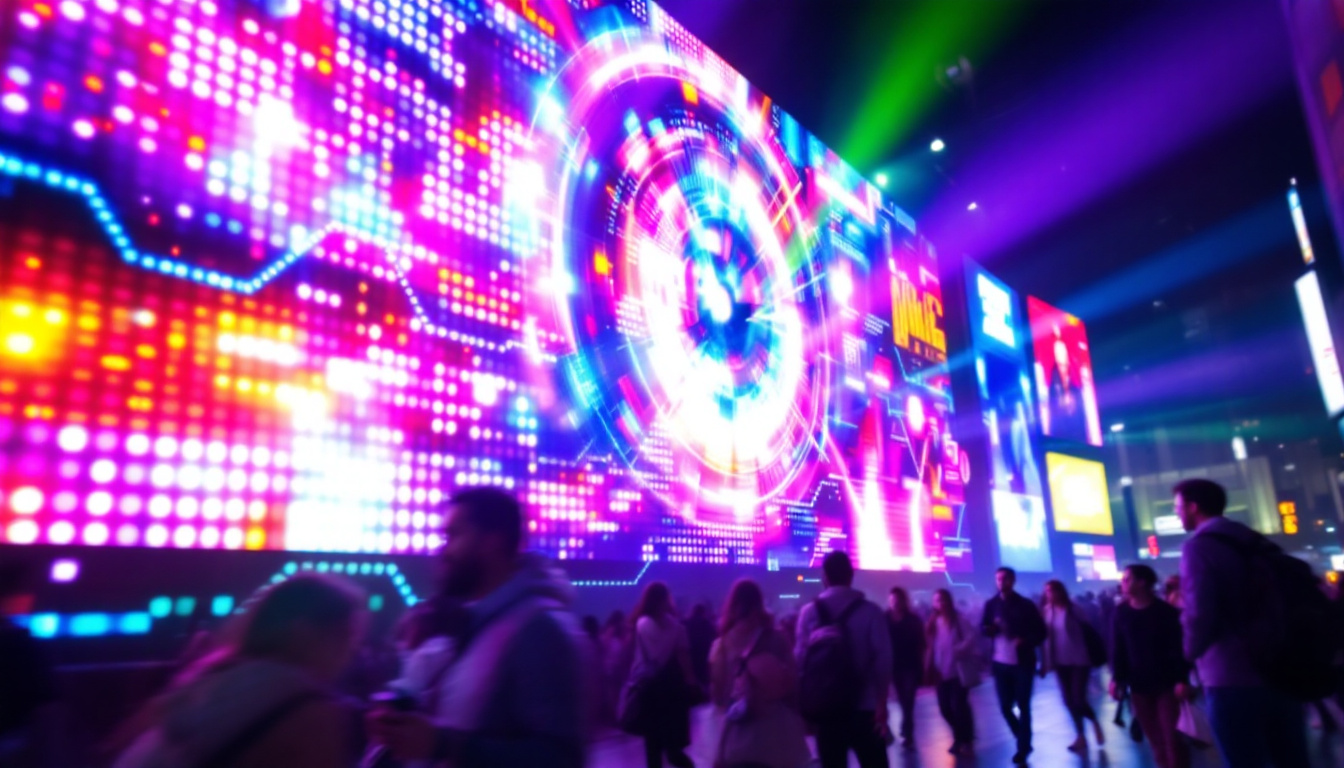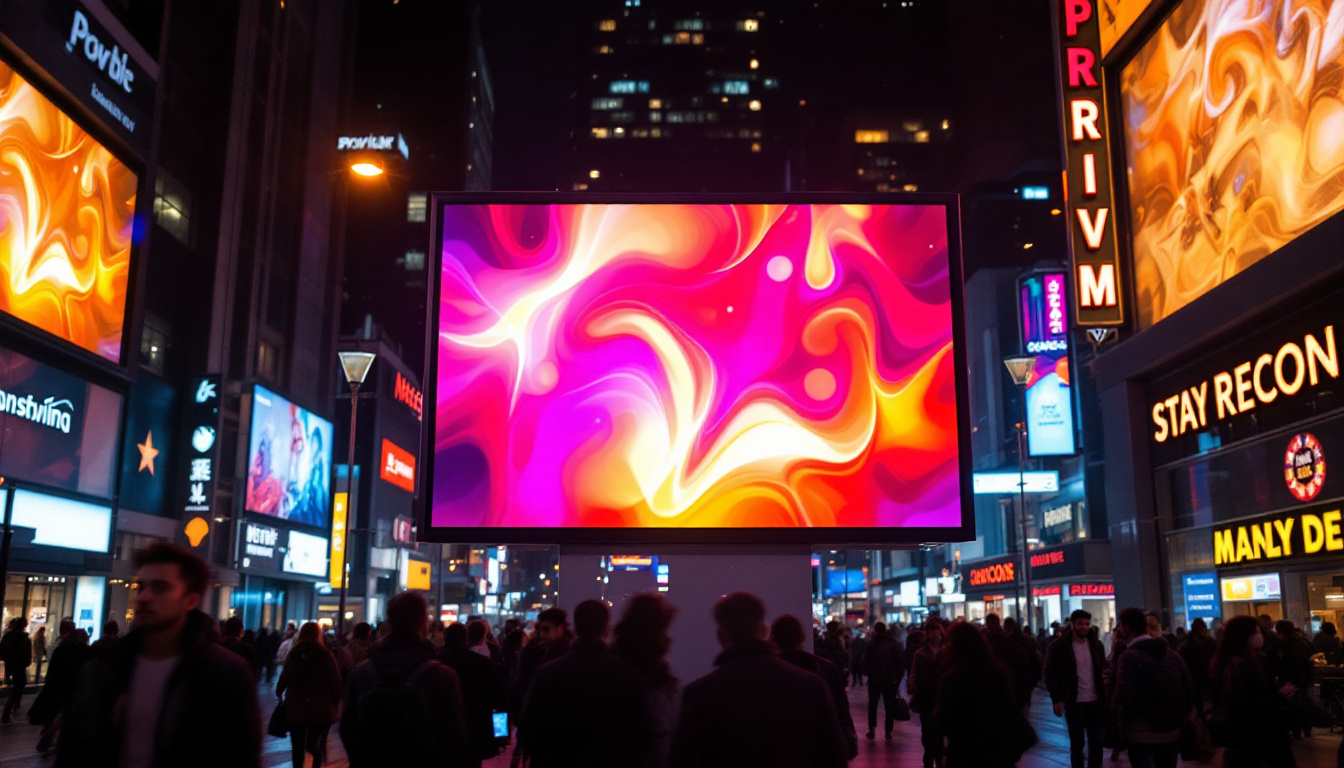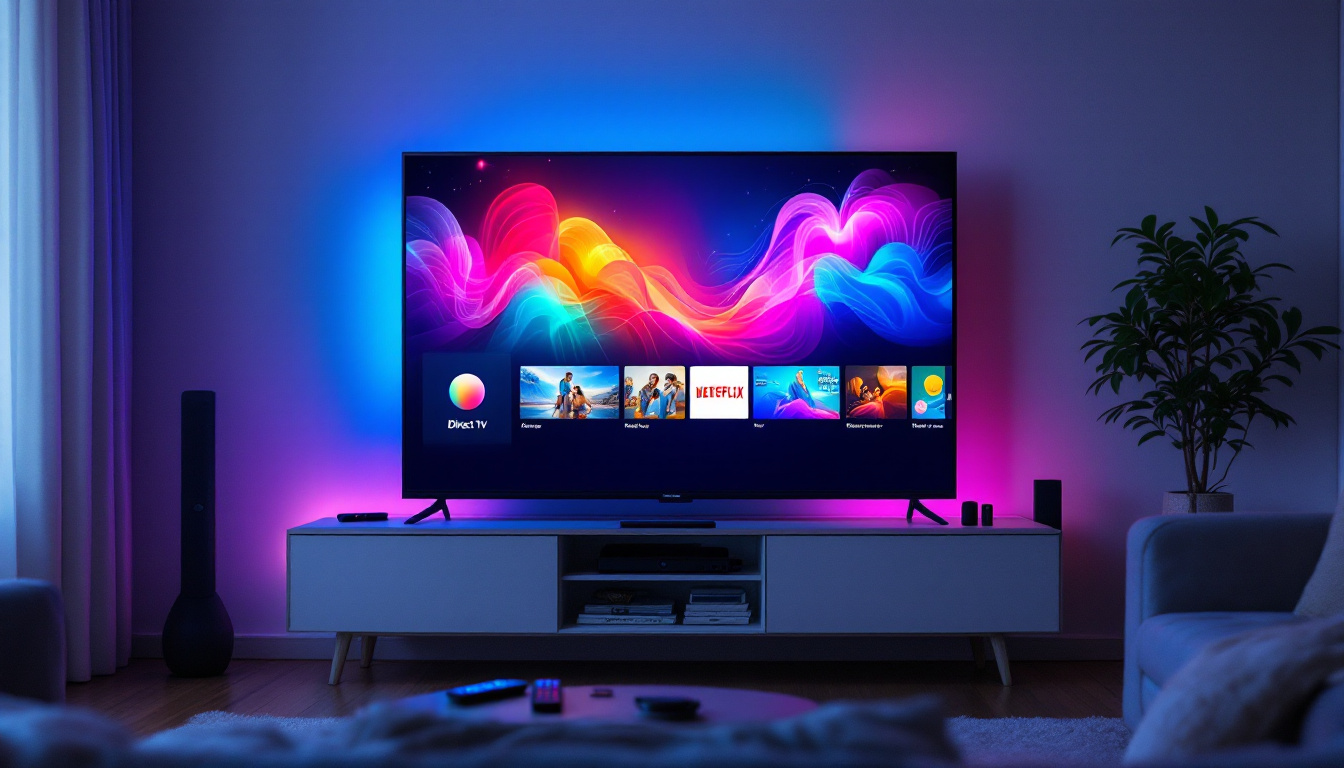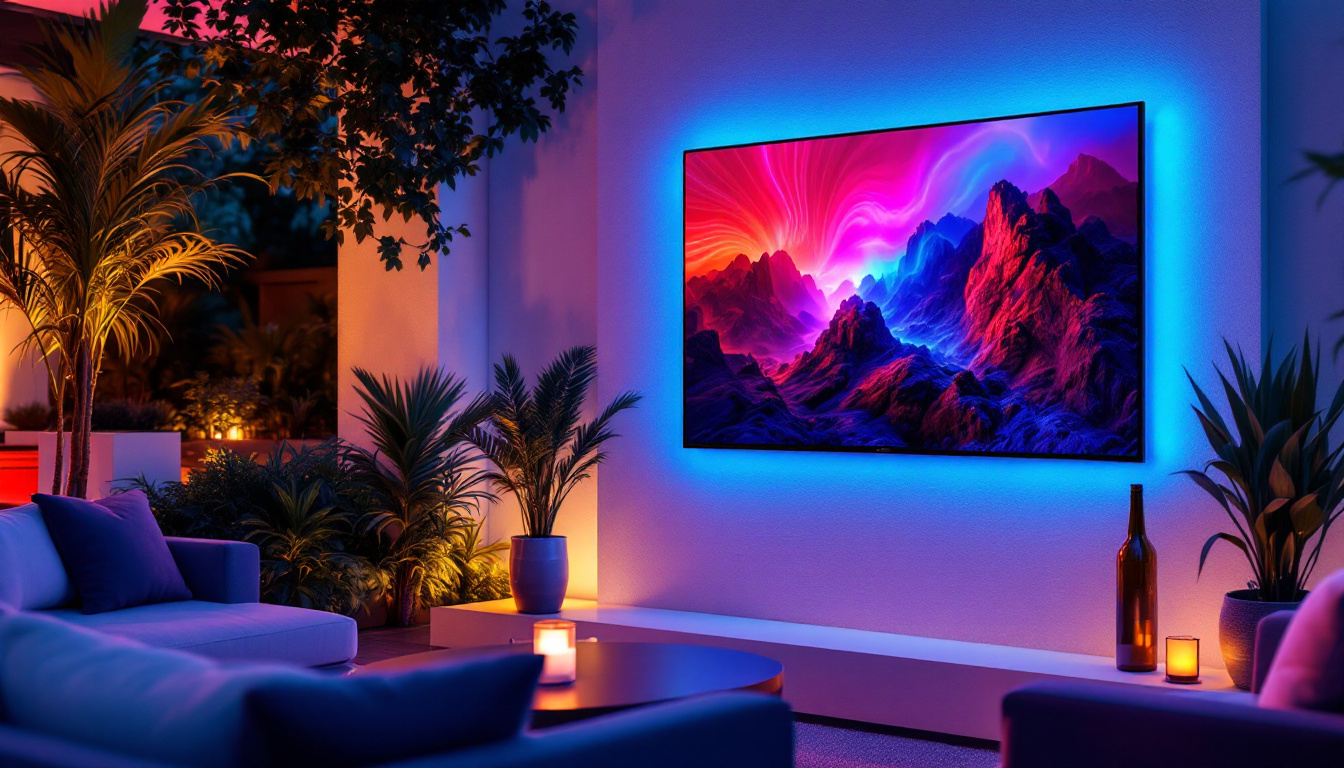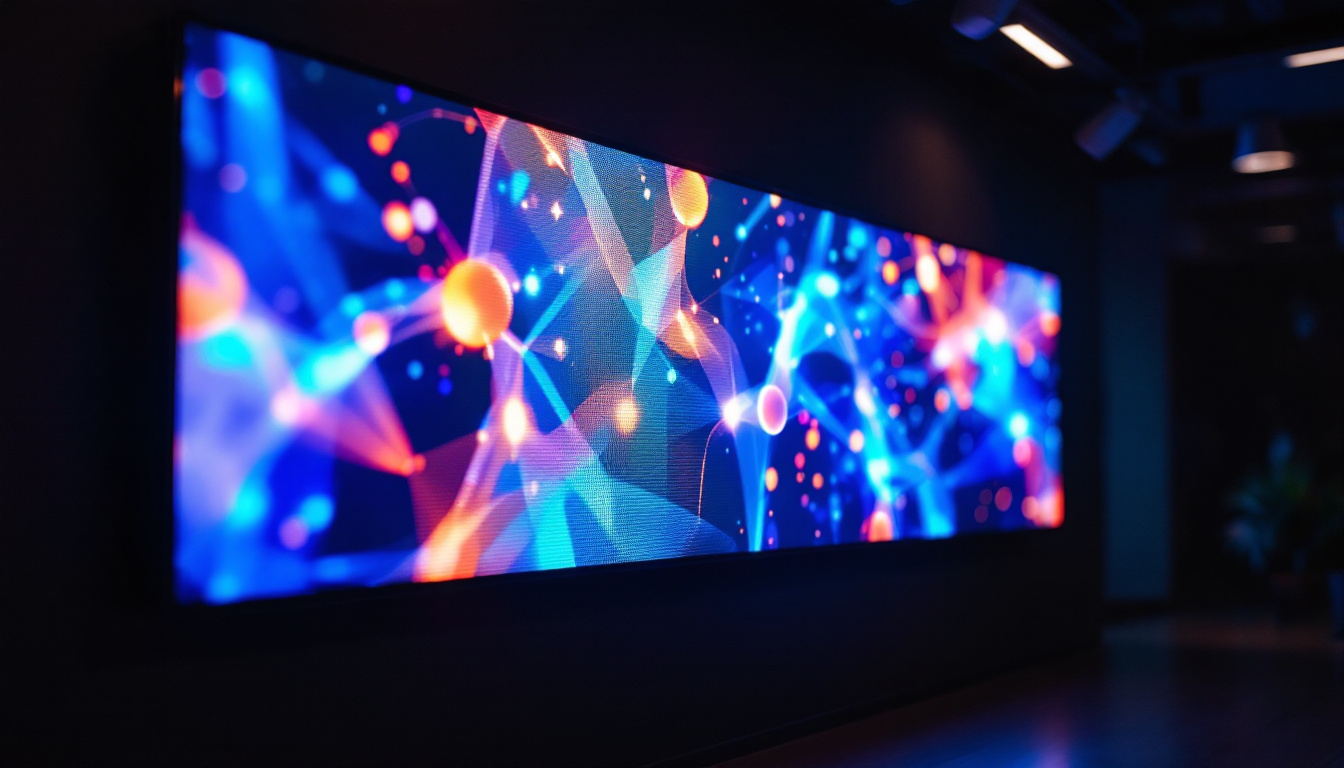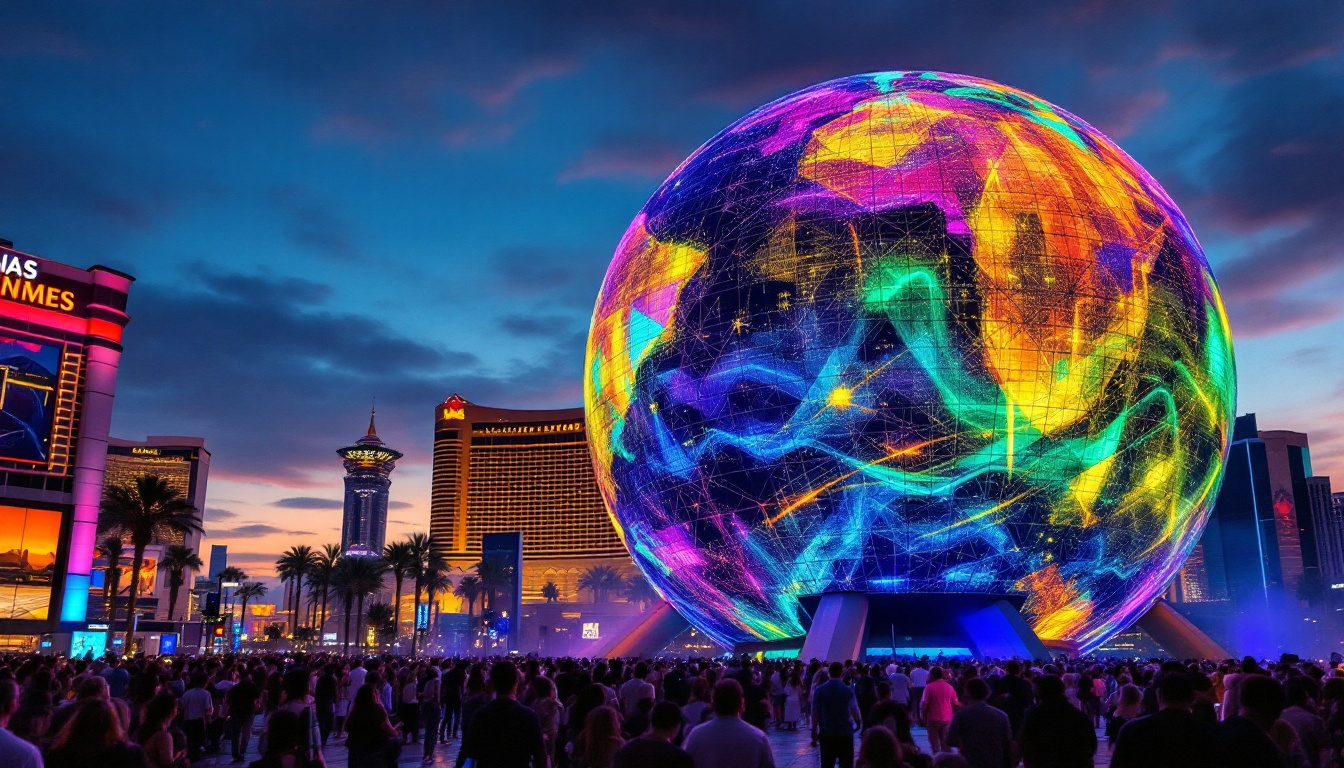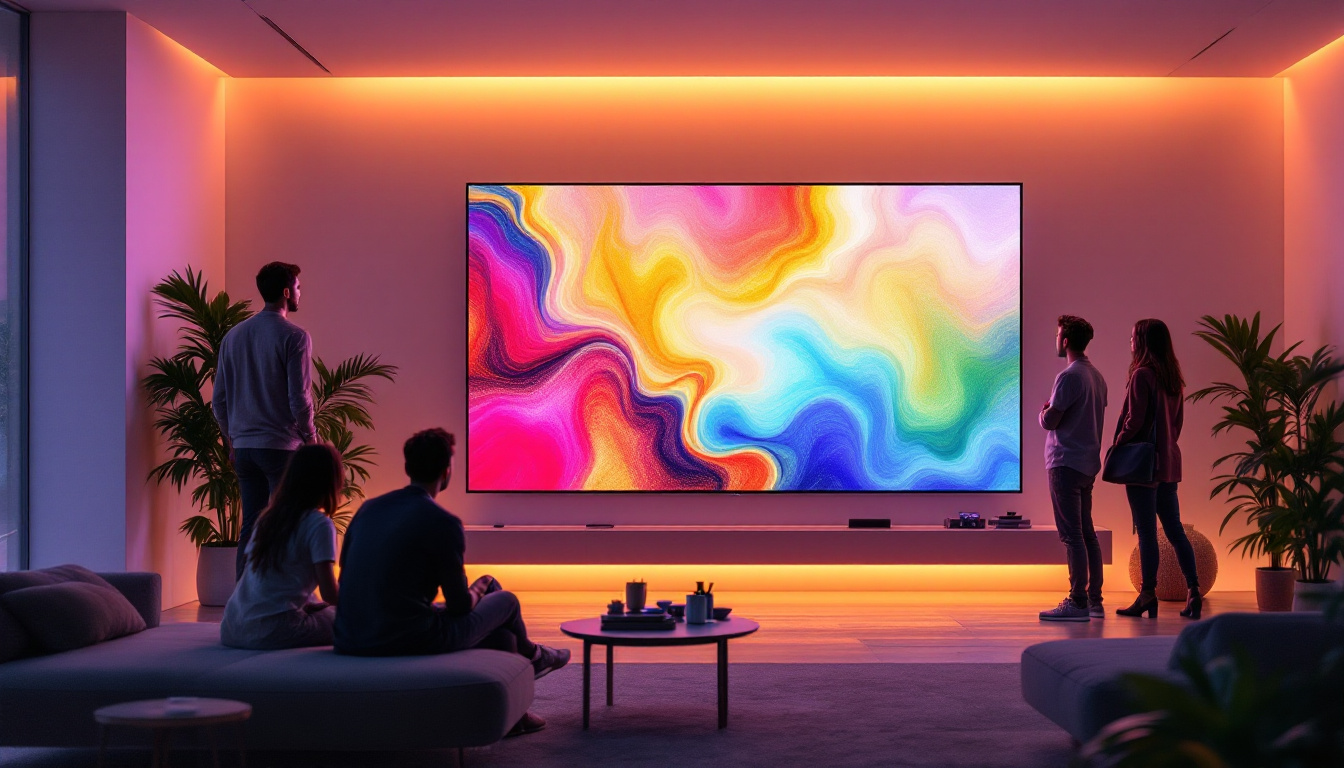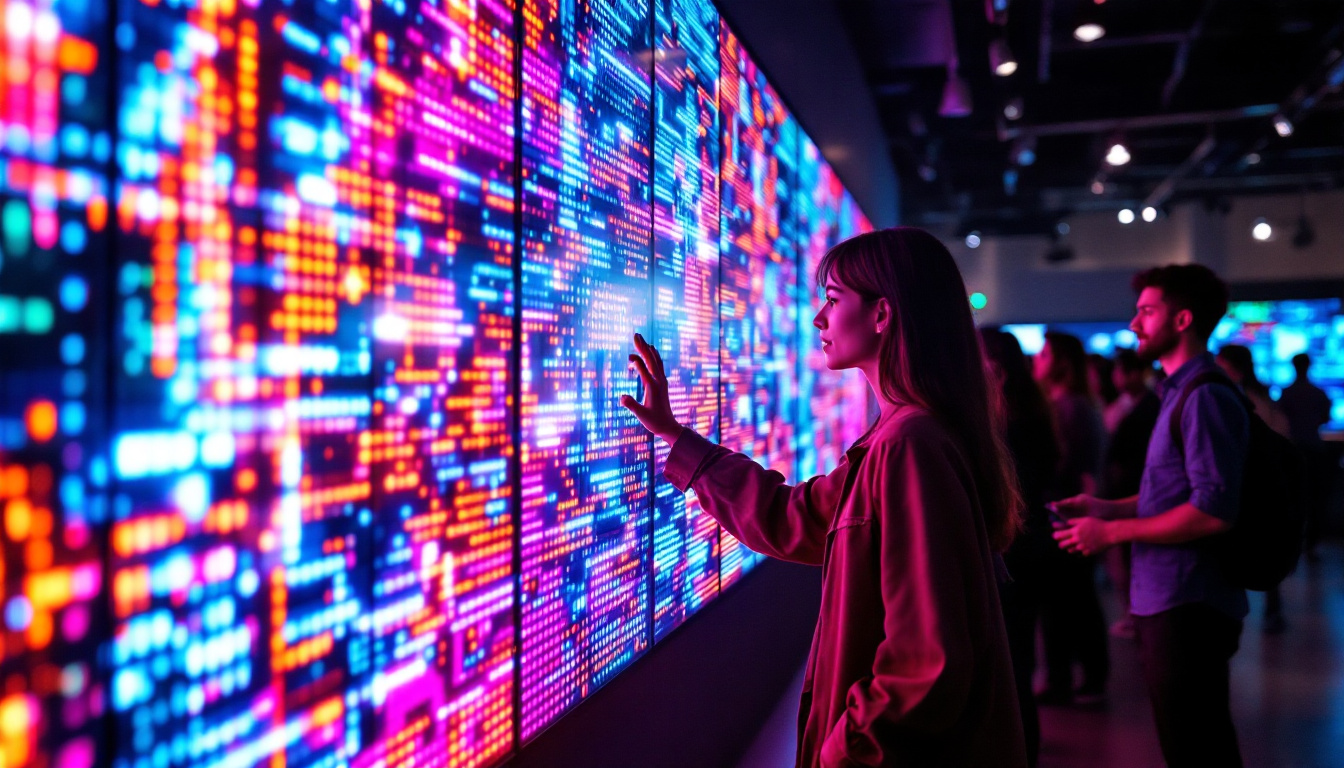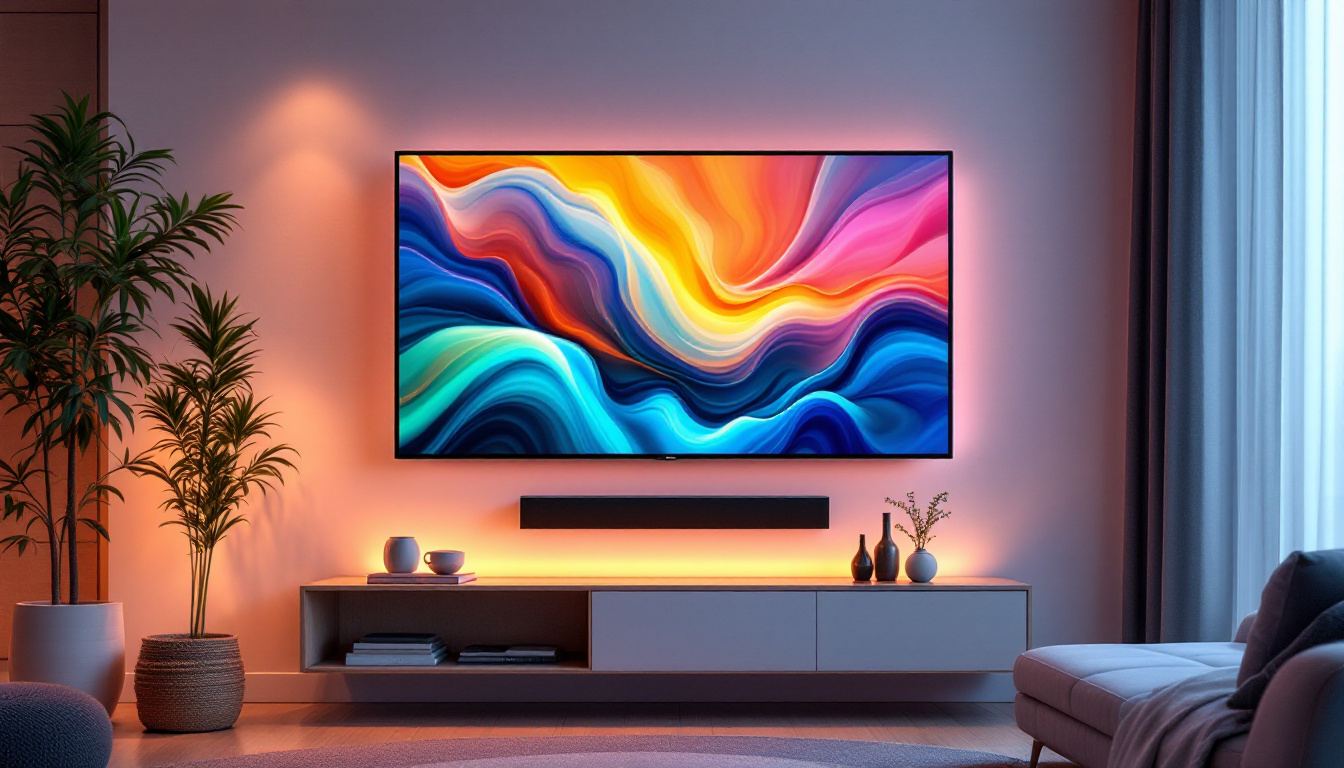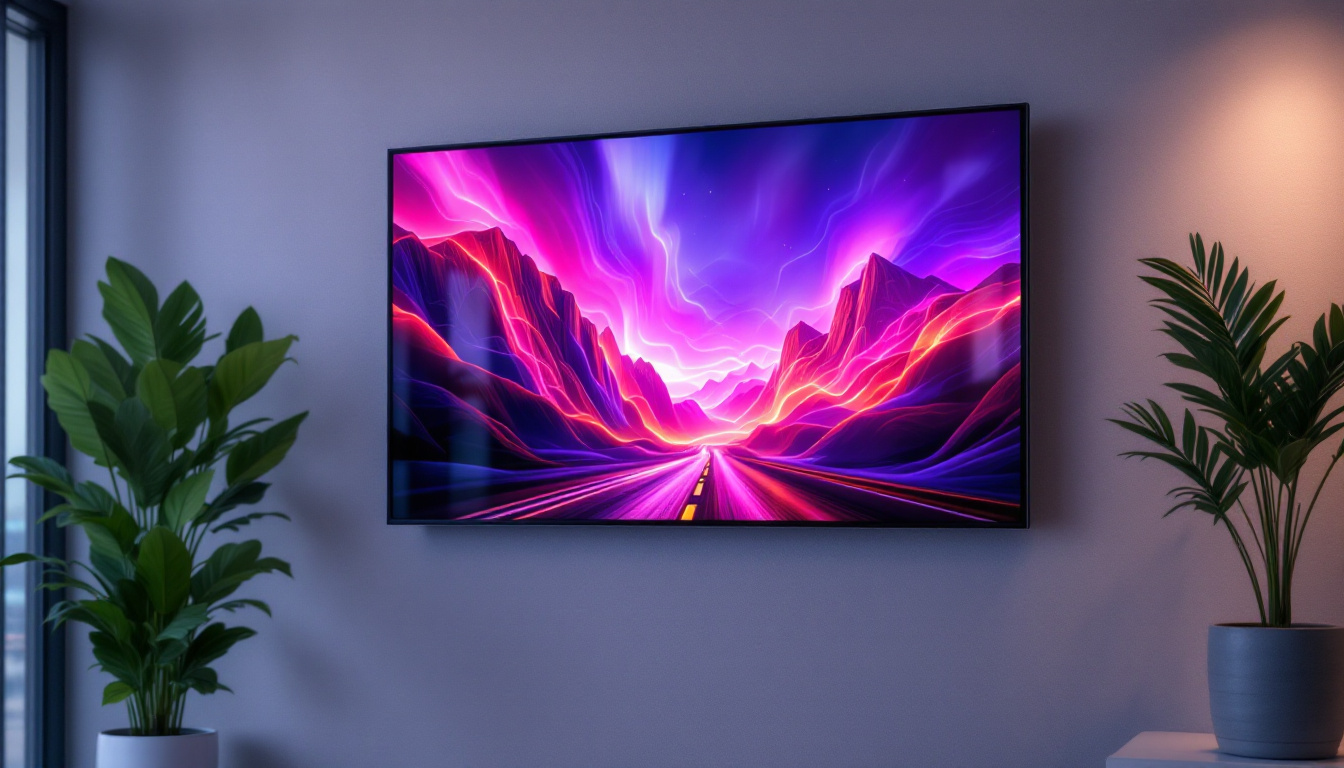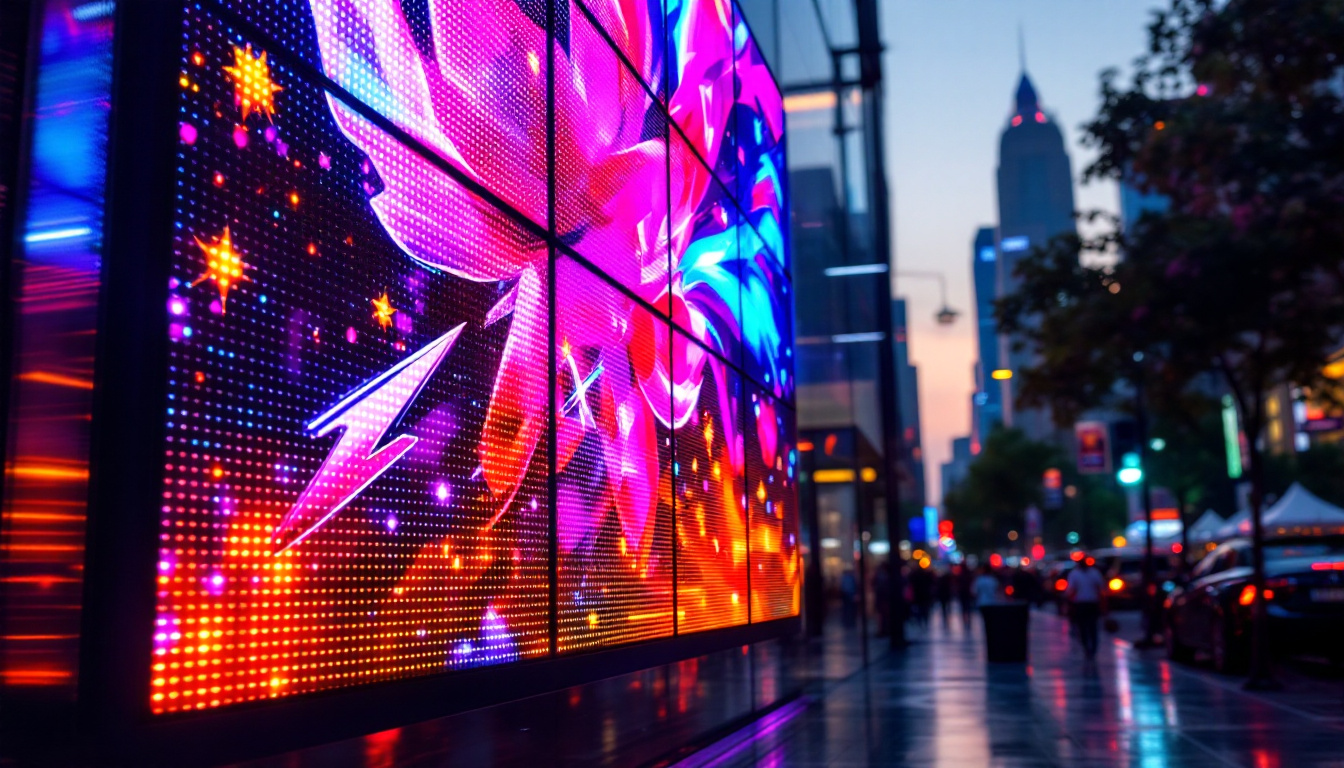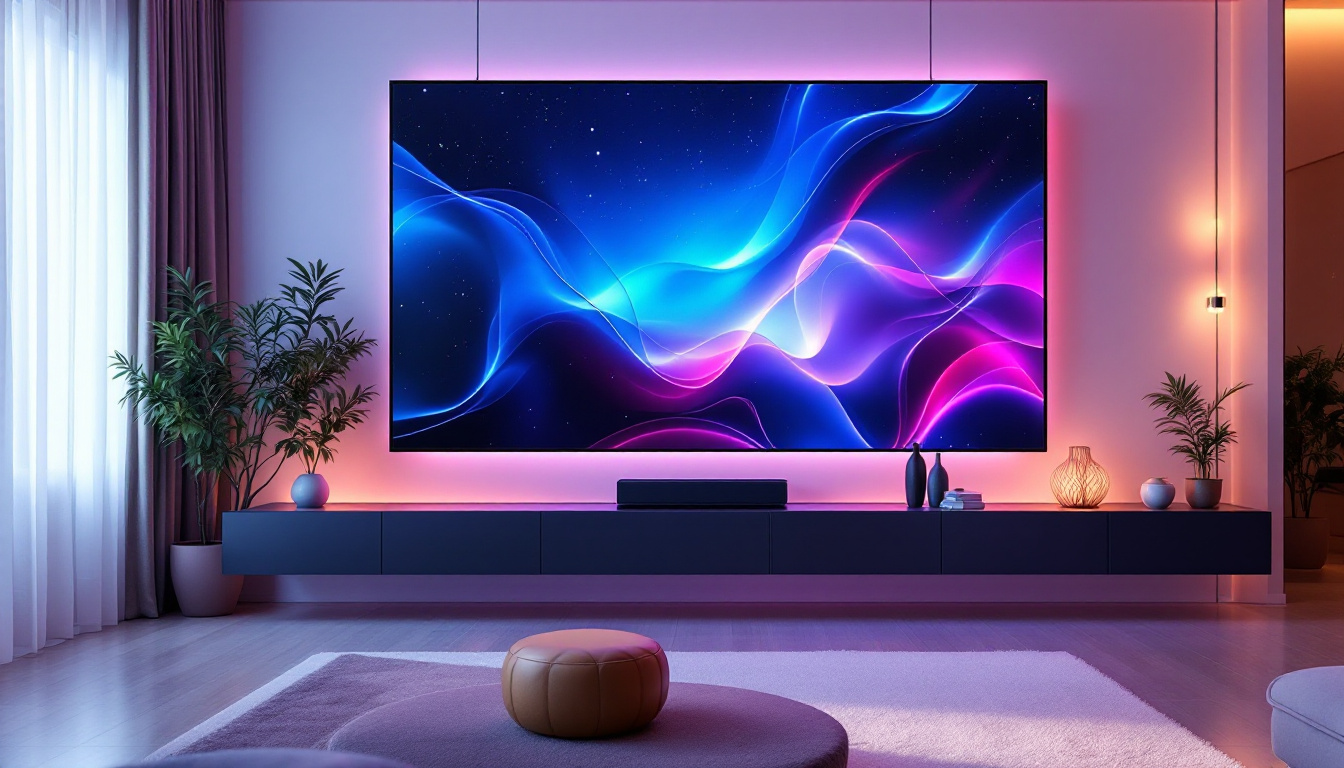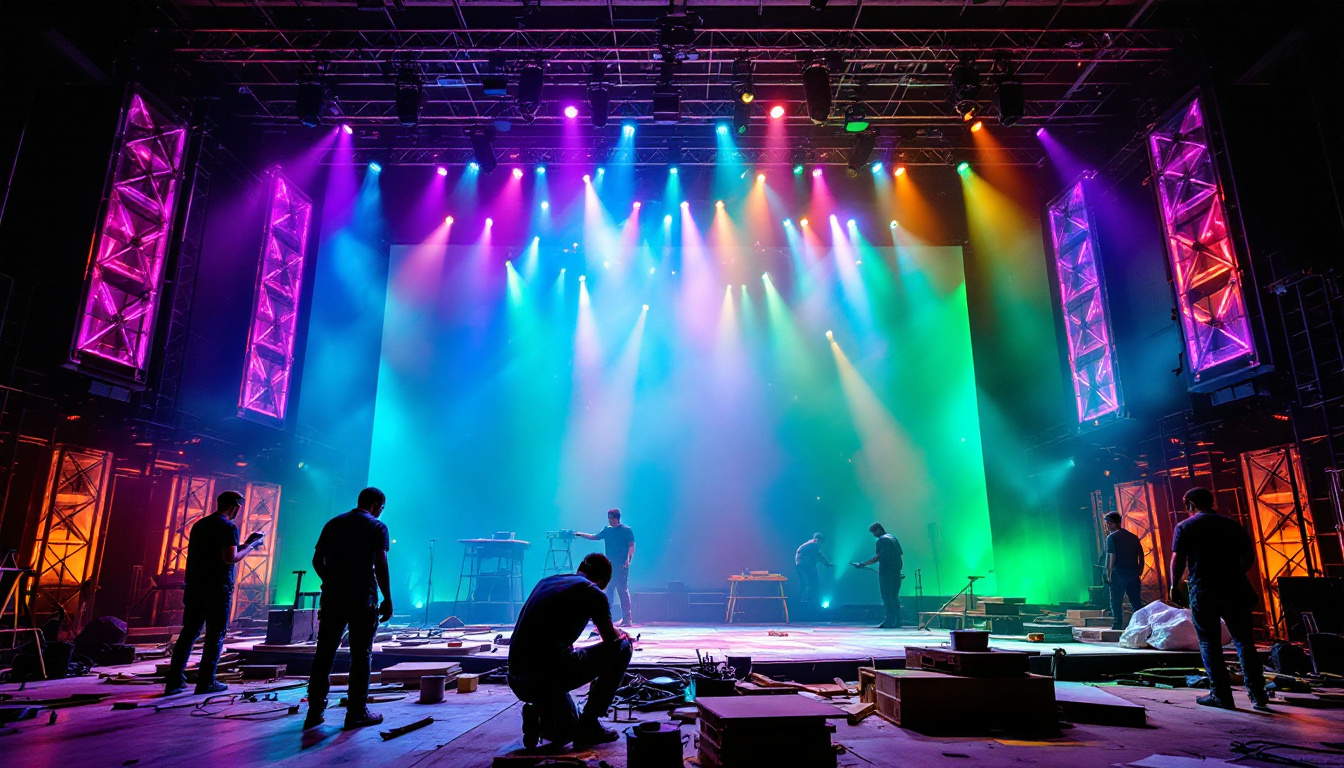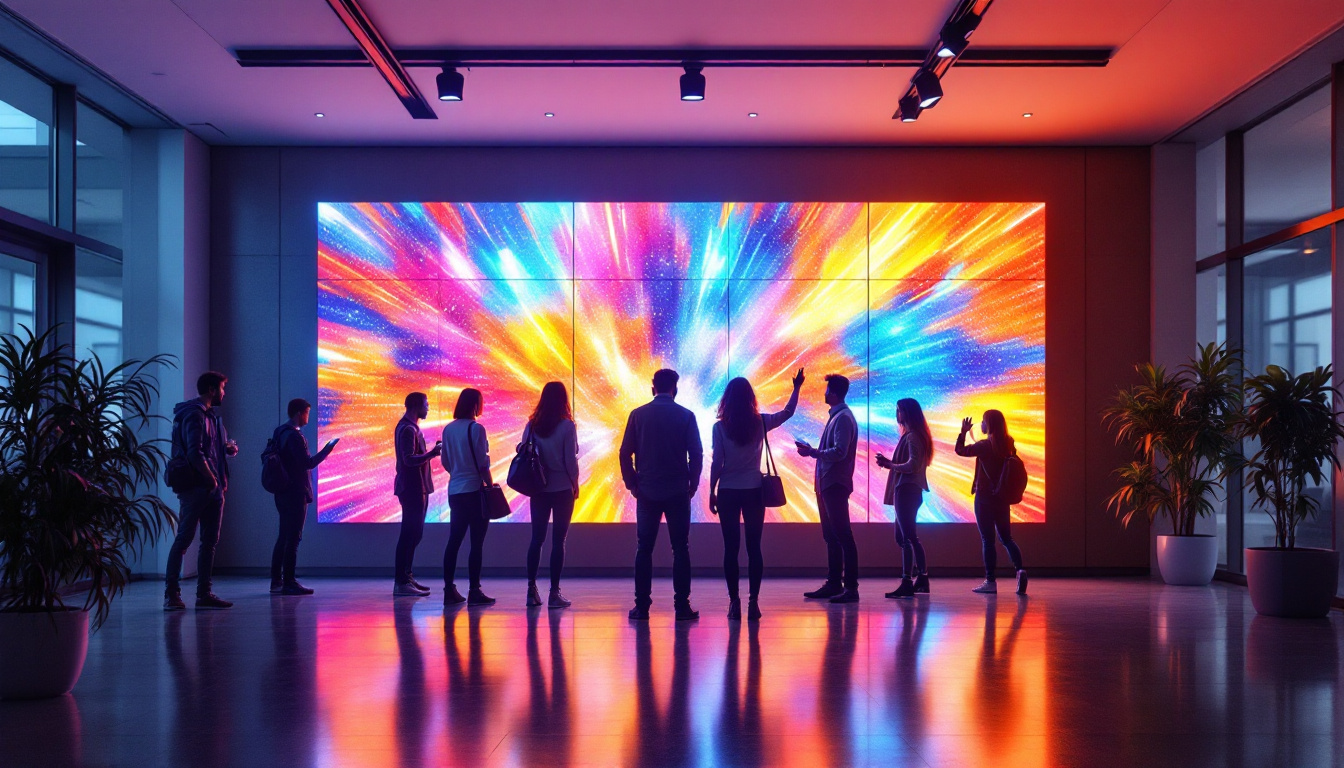The Paralympic Games, a celebration of athleticism and resilience, have captivated audiences worldwide. As the event continues to grow in popularity, the technology used to showcase these inspiring athletes has evolved significantly. One of the most impactful advancements in this realm is the use of LED displays. This article delves into how LED displays enhance the viewing experience during the Paralympic Games, the technology behind them, and their significance in promoting inclusivity and accessibility.
The Role of LED Displays in the Paralympic Games
LED displays play a crucial role in enhancing the visibility and engagement of the Paralympic Games. These displays are not just tools for broadcasting scores and statistics; they serve as a medium for storytelling, connecting athletes with fans, and creating an immersive experience for viewers both in-person and online.
Enhancing Spectator Experience
For spectators attending the events, LED displays provide real-time updates on scores, athlete information, and event schedules. This instant access to information helps keep the audience engaged and informed, allowing them to follow the action closely. The vibrant colors and high-definition quality of LED screens ensure that every detail is visible, making it easier for fans to connect with the athletes and their performances.
Moreover, the strategic placement of LED displays around the venue enhances visibility from various angles, ensuring that even those seated far from the action can enjoy a clear view of the events. This inclusivity is vital in creating an environment where all spectators feel part of the experience. Additionally, LED displays can be used to highlight the personal stories of athletes, showcasing their backgrounds, challenges, and triumphs. This not only fosters a deeper emotional connection between the spectators and the athletes but also inspires others by illustrating the resilience and determination of these remarkable individuals.
Broadcasting to a Global Audience
In addition to serving the live audience, LED displays are instrumental in broadcasting the Paralympic Games to a global audience. High-definition video feeds allow viewers at home to experience the excitement as if they were present at the event. The integration of LED technology in broadcasting helps in delivering a visually stunning representation of the games, showcasing not just the athletic prowess of the competitors but also the emotional narratives behind their journeys.
Through various platforms, including television and online streaming services, LED displays facilitate a broader reach, allowing millions to witness the inspiring stories of Paralympic athletes. This global exposure plays a significant role in raising awareness about disability sports and promoting inclusivity. Furthermore, the interactive features of modern LED displays, such as social media integration, allow viewers to engage in real-time discussions and share their experiences online. This interaction not only amplifies the reach of the games but also creates a sense of community among fans, fostering a supportive environment that celebrates the achievements of athletes with disabilities.
The Technology Behind LED Displays
The technology that powers LED displays is continually evolving, resulting in increasingly sophisticated and versatile screens. Understanding the underlying technology can provide insights into why LED displays are so effective in conveying the spirit of the Paralympic Games.
How LED Displays Work
LED, or Light Emitting Diode, displays utilize a series of tiny light sources to create images and videos. These diodes emit bright light when an electrical current passes through them, allowing for vibrant colors and sharp images. The arrangement of these diodes in a grid format creates a pixelated image, with each pixel contributing to the overall picture quality.
One of the significant advantages of LED technology is its ability to produce high brightness levels, making it suitable for both indoor and outdoor settings. This brightness ensures that the displays remain visible even in direct sunlight, a critical factor during outdoor events like the Paralympic Games. Furthermore, LED displays are designed to have a wide viewing angle, meaning that spectators can enjoy the content from various positions without significant loss of image quality. This feature is particularly beneficial in large venues where audiences are spread out over a wide area.
Advancements in Display Technology
Recent advancements in LED technology have led to the development of various display types, including OLED (Organic Light Emitting Diode) and MicroLED. These technologies offer improved color accuracy, contrast ratios, and energy efficiency. For instance, OLED displays are known for their ability to produce deeper blacks and more vibrant colors, enhancing the overall viewing experience. This is achieved because OLED pixels emit their own light, allowing for true black levels and a broader color spectrum compared to traditional LED displays.
Additionally, the integration of artificial intelligence and machine learning into LED display technology has opened new avenues for personalization and interactivity. These advancements enable organizers to tailor content to specific audiences, creating a more engaging experience for viewers. For example, during the Paralympic Games, real-time data can be displayed to highlight athlete performances, allowing fans to connect more deeply with the events. Moreover, the use of augmented reality (AR) in conjunction with LED displays can transform the viewing experience, offering immersive content that captivates audiences and enhances their understanding of the sports being showcased.
Inclusivity and Accessibility through LED Displays
The Paralympic Games are not just about competition; they are a platform for promoting inclusivity and accessibility. LED displays contribute significantly to this mission by ensuring that all spectators, regardless of their abilities, can enjoy the events.
Accessible Information for All
One of the primary benefits of LED displays is their ability to present information in various formats. For instance, captions and sign language interpretation can be integrated into video feeds, ensuring that individuals with hearing impairments can follow the commentary and narratives. This commitment to accessibility reflects the values of the Paralympic movement and helps create an inclusive environment for all attendees.
Furthermore, the use of audio descriptions alongside visual content allows visually impaired spectators to engage with the events more fully. By providing detailed descriptions of the action, organizers can ensure that everyone has the opportunity to experience the excitement of the games.
Promoting Awareness and Advocacy
LED displays also serve as powerful tools for advocacy and awareness. During the Paralympic Games, these screens can showcase messages about disability rights, inclusivity, and the importance of supporting athletes with disabilities. By using prominent displays to communicate these messages, organizers can foster a greater understanding of the challenges faced by athletes and promote a culture of acceptance and support.
In addition, the use of LED displays to highlight sponsorships and partnerships with organizations that advocate for disability rights can further amplify these important messages. This collaboration not only enhances the visibility of the sponsors but also aligns their brands with the values of the Paralympic movement.
Case Studies: Successful Implementations of LED Displays
Numerous examples illustrate the successful implementation of LED displays at the Paralympic Games. These case studies demonstrate how technology can enhance the overall experience for athletes and spectators alike.
Tokyo 2020 Paralympic Games
The Tokyo 2020 Paralympic Games, held in 2021 due to the pandemic, showcased some of the most advanced LED display technologies. The organizers utilized large-scale LED screens at various venues, providing real-time updates and immersive content that engaged spectators both in-person and online.
One notable feature was the use of 360-degree LED displays that allowed for a panoramic view of the events. This innovative approach not only enhanced the viewing experience for those at the venue but also provided unique angles for broadcast coverage, making it easier for viewers at home to connect with the athletes and their performances.
Rio 2016 Paralympic Games
At the Rio 2016 Paralympic Games, LED displays were strategically placed throughout the venues to ensure maximum visibility. The displays featured not only event information but also personal stories of athletes, highlighting their journeys and achievements. This storytelling approach resonated with audiences, fostering a deeper connection between the spectators and the athletes.
Additionally, the Rio Games incorporated interactive LED displays that allowed spectators to engage with the content actively. This interactivity not only enhanced the spectator experience but also encouraged greater participation from the audience, creating a vibrant atmosphere at the events.
The Future of LED Displays in the Paralympic Games
As technology continues to advance, the future of LED displays in the Paralympic Games looks promising. Innovations in display technology, coupled with a growing commitment to inclusivity, will likely shape the way these events are presented to audiences worldwide.
Emerging Technologies
Future developments in LED technology may include even more immersive experiences, such as augmented reality (AR) and virtual reality (VR) integrations. These technologies could allow spectators to experience the games from the perspective of the athletes, providing a unique and engaging viewpoint that enhances the emotional connection to the events.
Additionally, advancements in sustainability will likely play a crucial role in the evolution of LED displays. As the world becomes more conscious of environmental impacts, the development of energy-efficient LED technologies will be essential in reducing the carbon footprint of large-scale events like the Paralympic Games.
Continuing the Commitment to Inclusivity
The commitment to inclusivity and accessibility will remain at the forefront of future Paralympic Games. As LED display technology evolves, organizers will continue to seek innovative ways to ensure that all spectators, regardless of their abilities, can enjoy the events. This ongoing dedication to inclusivity will help foster a culture of acceptance and support for athletes with disabilities.
In conclusion, LED displays have become an integral part of the Paralympic Games, enhancing the experience for athletes and spectators alike. As technology continues to evolve, the potential for these displays to promote inclusivity, accessibility, and engagement will only grow. The future of the Paralympic Games is bright, and LED displays will undoubtedly play a significant role in shaping that future.
Discover the Future of LED Displays with LumenMatrix
As the Paralympic Games continue to inspire and innovate, so does the technology that brings these incredible events to life. LumenMatrix stands at the forefront of this evolution, offering a wide array of LED display solutions that transform spectator experiences and uphold the commitment to inclusivity. From Indoor and Outdoor LED Walls to Custom and Transparent Displays, LumenMatrix is revolutionizing visual communication. Check out LumenMatrix LED Display Solutions today and be a part of creating engaging, accessible, and unforgettable visual experiences.

